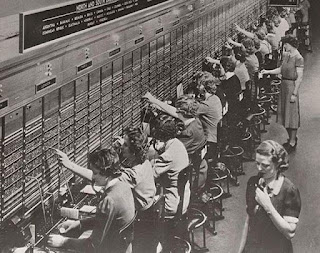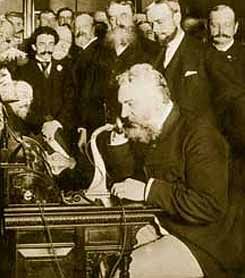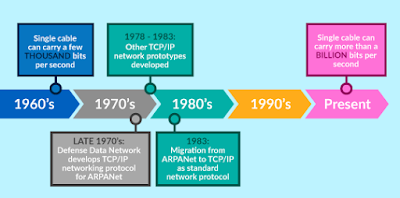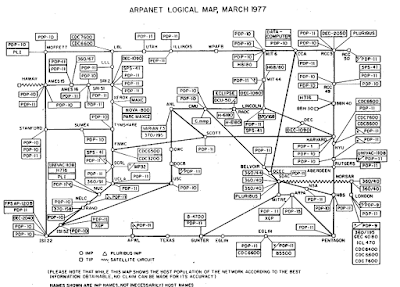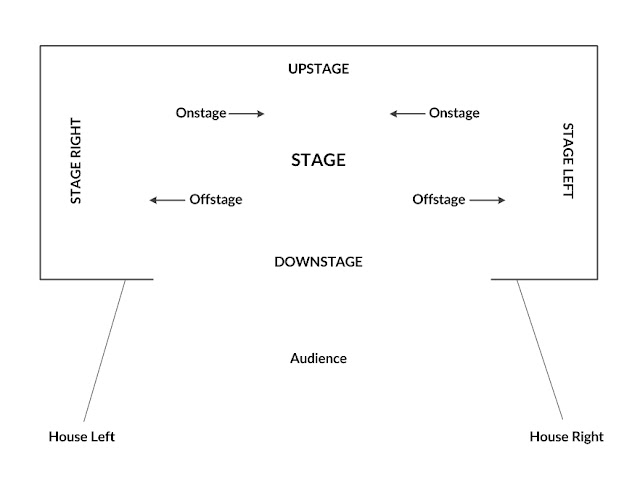Of course, there was no run-through of this event. News events aren't rehearsed. However, Newhart does a great job of portraying what you would hear on a typical partyline intercom in a broadcast environment. His routine also shows how important to the entertainment industry a functional intercom system is. Television, live shows and motion picture production could not be done without intercom systems.
After telephones had become common, telephone-type intercom systems started to be used in live theater. There were standard handset-based phone instruments located backstage, in offices, out front in the prompt booth, as well as other areas. But there was still a need for stage managers to be able to talk to their technical crews, especially the spotlight operators. Many theater companies had technical people who built specialized voice communication systems on their own. A one-way talk system was all that most live venues had to use.
Crew members wore headphones to hear the manager. They could not hold a handset and still perform their duties so they weren't able to talk to the stage manager, or each other. Most of the early headset products used by telephone operators and other users were pretty clunky. Many of them consisted of a pair of headphones and a large, round, black curved tube that sat on the users chest. At the bottom of this tube was a microphone. It was secured by a leather strap that went around the user's neck.
As time passed, telephone equipment became more sophisticated and cheaper to purchase and creating a partyline system became easier to do. Headsets had become smaller and lighter, most likely due to the demand on part of the telephone company operators. Wearing one of the early headphone/speaking tube microphones for eight hours at a stretch was exhausting and uncomfortable. When television broadcasting began in the late 1940's, the need for an intercom system to connect directors, floor people, camera operators, video switchers, and sound board operators became a necessity instead of a luxury.
Some TV pioneers tell stories of the pre-intercom days when crew members tried to communicate exclusively with hand signals, much like baseball players do. For a baseball team, this method works well, but in a production environment, it's much too slow and doesn't allow for sudden changes that take place.
By this time, headsets had evolved into smaller and lighter versions. Wearing a headset now didn't weigh down the user and left their hands free to run a camera, video switcher, or perform whatever duties that person needed to do.
When entertainment production became increasingly complex, intercoms had to also be more complex in their functionality. Large productions needed more than one communication circuit and users frequently needed the ability to switch themselves from one circuit to another. Many venues and stations used one intercom system that covered the entire facility. Local user panels were installed in areas like editing rooms, offices of programmers, and even places like the General Manager's office or the commercial traffic office. For systems of this size, matrix-type switching and local station re-routing were necessary to satisfy all of the requirements. Having the staff engineering people construct and deploy the intercom system just wasn't an option. The operational needs of the system became too complex.
This was, and still is, true in large-market TV stations that cover many floors. For example, I once worked in a station that had the newsroom on one floor, the studios and engineering department on another, and the sales, traffic and accounting departments on a third floor. One intercom system connected the entire facility and many of the rooms and offices on each floor had an intercom panel. All of the studios were equipped with multiple beltpacks because there were always numerous live productions underway.
Today, sophisticated intercom systems have become so common that much of the modern technology available is taken for granted. The ability to reconfigure systems on the fly, having instant reliable access, high-quality audio, and features such as interruptable foldback (IFB) for cueing and orders from the director, make the modern intercom systems the backbone of any production. Without this capability, producing everything from sporting events to live plays to opera to television shows would not be possible.
In case you missed Part 1 and 2 of this series:
Part 1: Totally Tubular: A History of the Development of the Intercom
Part 2: Mr. Watson, Come Here: A History of the Development of the Intercom
In case you missed Part 1 and 2 of this series:
Part 1: Totally Tubular: A History of the Development of the Intercom
Part 2: Mr. Watson, Come Here: A History of the Development of the Intercom
Paul Black is a freelance writer and broadcast engineer in Northern California. He holds a Certified Professional Broadcast Engineer certification from the Society of Broadcast Engineers and an FCC Lifetime General Class Operator License. He is a licensed amateur radio operator (call sign N6BBZ) and has worked for several broadcast companies, including Bonneville Broadcasting, RKO General Broadcasting, and CBS Television. Visit his website at www.paulblackcopy.com.


